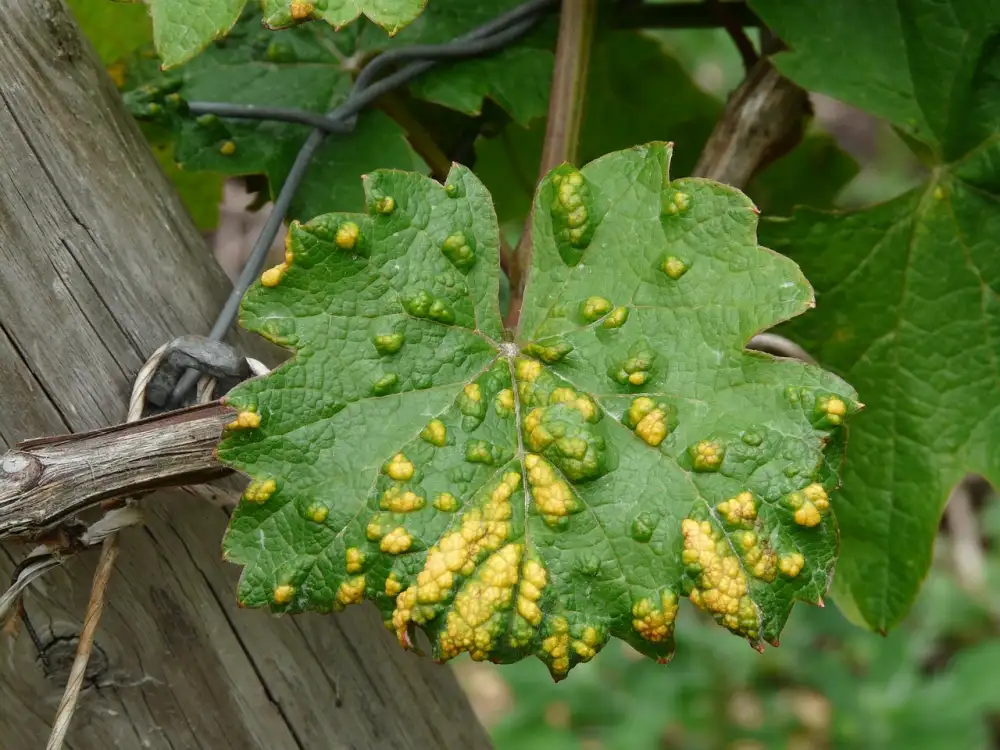Exploring Smallpox: Visual Insights into the Disease

Smallpox, caused by the variola virus, has a long history of devastating global populations. It is believed to have emerged around 10,000 BC and has been responsible for numerous outbreaks throughout history, including the deadly epidemics that affected Europe in the 18th century. The disease was declared eradicated in 1980 through a successful global vaccination campaign led by the World Health Organization (WHO), making it the first infectious disease to be eliminated.
Symptoms and Transmission:
Smallpox is characterized by flu-like symptoms such as high fever, fatigue, and body aches, followed by a rash of raised bumps that turn into fluid-filled blisters. The disease spreads through respiratory droplets when an infected person coughs or sneezes, or through direct contact with the fluid from the blisters. Smallpox is highly contagious and can easily spread from person to person, making it crucial to isolate infected individuals to prevent further transmission.
Diagnosis and Treatment:
Diagnosis of smallpox involves examining the characteristic rash and fluid-filled lesions on the skin, along with other symptoms like fever and fatigue. Laboratory tests, including PCR (polymerase chain reaction) or viral culture, can confirm the presence of the variola virus. Treatment for smallpox is mainly supportive, focusing on managing symptoms such as fever and dehydration. There is no specific antiviral medication for smallpox, but research into potential treatments continues. Isolation of infected individuals is crucial to prevent further spread of the disease.
Prevention and Vaccination:
Prevention of smallpox primarily relies on vaccination. The smallpox vaccine, known as the vaccinia virus, has been highly effective in eradicating the disease globally. Vaccination creates immunity by introducing a related virus that stimulates the body's immune response without causing the disease itself. Strategies for controlling outbreaks include rapid identification of cases, isolation of infected individuals, and tracing and vaccinating their contacts to prevent further spread. Vaccination campaigns have played a crucial role in protecting communities from smallpox outbreaks.
Smallpox in the Modern World:
Smallpox, once a global scourge, was officially declared eradicated in 1980 thanks to a successful vaccination campaign led by the World Health Organization. However, concerns remain about the potential re-emergence of smallpox due to the existence of samples in laboratory settings and the possibility of bioterrorism. To address these risks, countries have developed preparedness plans, including maintaining vaccine stockpiles and enhancing surveillance systems to detect any potential cases promptly. Vigilance and collaboration are crucial in ensuring that smallpox remains a disease of the past.
Published: 18. 04. 2024
Category: Health



